My parents are the opposite of tech-savvy — these are the smart home gadgets that won them over
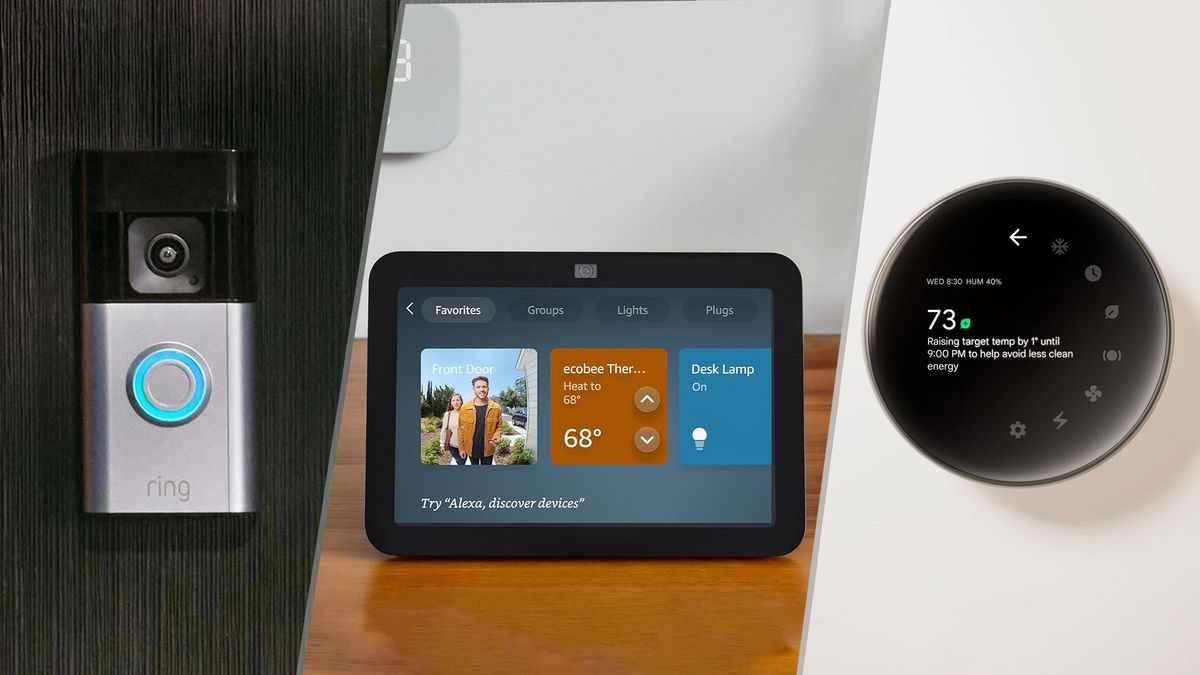
Using an electric screwdriver, I carefully install the body plate of a smart lock on my parents’ front door. My dad looks on, visibly annoyed. He is just 50 years old and far from the opposite of tech-savvy. That said, you’d think he came from the Silent Generation with the way he dismisses any gadget that doesn’t stream TV or video games. “Do I really need to lock my door with a voice command? How lazy does one have to be to flip a light switch or use a key?” he asks.
Most people would agree that if something isn’t broken, don’t fix it. For many, the idea of a smart home is seen as a complex and expensive endeavor that doesn’t initially click to save a few seconds of time. But with today’s advanced features and ease of setup, that’s simply not the case. As a Gen Z kid who grew up with the internet, adding smart lighting or security cameras to rooms came naturally to each apartment I’ve ever lived in. I can remember my excitement as a college freshman returning to my first apartment with the original Google Home speaker and some smart light strips.
Looking back, I realize that I’ve never had the perspective of upgrading an existing long-term living space, which is where hurdles arise for many transitioning into a smart home. And while I’m passionate about all of the potential these gadgets bring, it’s easy for others to boil smart home down to a reductive view of fancy color-changing lights or a remote-controlled thermostat.
To me, a smart home is about saving time, fully customizing my living space and monitoring and controlling my home from anywhere. Here’s how I dipped my parents’ toes into setting up a smart home and eventually won them over.
Smart home device quick links
Security and Safety
The first thing I installed was security cameras and smart sensors throughout the property. This was the easiest to convince my parents of as their home has been through the ringer due to several robberies and floods. For years, they relied on contact and motion sensors exclusively tied to a contract-based home security system. When I explained that updating these sensors to smart home-friendly models could also send notifications to their phone or activate connected devices like lights, I piqued their interest.
My parents’ minds were boggled when I showed them how they could use their Fire TV to control their home devices. Now, if someone rings my parents’ video doorbell, a picture-in-picture view automatically pops up on the big screen, so they can ignore it or answer while binge-watching a series.
Although I couldn’t convince my parents to ditch their home monitoring contract, I simply placed some affordable Aqara smart contact and motion sensors above the existing ones on their doors, windows and walls. This is tied to lighting automation for entryways when they walk in after dark as well as motion detection alerts even when the main security system is unarmed.
Their favorite addition was Govee’s Smart Leak sensors. These are some of the best water leak detectors for the price and I placed one wherever plumbing ran: the kitchen, bathroom, and basement near the laundry machine. For the longest time, they’d used basic water sensors that blared a loud alarm if moisture was detected. That’s fine when you’re home but, as they learned three years ago, not so useful when they were away and the dishwasher’s plumbing line broke. Smart water sensors not only produce a siren, but send a notification to their phones even if they’re away from home for faster intervention.
Currently, I’m in the process of trying to convince my parents to get one of the best smart CO2 and fire alarm setups but they refuse to replace their existing equipment. One underrated middle ground is a smart listener that can recognize alarm tones and send notifications without replacing your alarms. Some security cameras even have this listening functionality built-in so you don’t have to buy a listener at all.
Security cameras are an easy way to add eyes everywhere and can be tied into other connected gadgets like smart sprinklers and lights to respond to motion events. I started them off with one of the best video doorbells, the Ring Video Doorbell Pro, so that they could see and respond to visitors at their porch since it offered Birds Eye View tracking and color night vision.
At the same time, we replaced the 20-something-year-old floodlight on the front of my house with the Ring Floodlight Cam (wired). The best outdoor security cameras can add more light to your driveway and provid 24/7 eyes and record events at the front of the house.
We had to dial in the motion detection zones to avoid the busy avenue as traffic and pedestrians would trigger false alerts. This camera has a clear view of all ways someone could approach. Beyond security, my parents use them as an outdoor intercom as they watch my elementary-aged sisters get on the bus in the morning or play outside from their phones or Echo Show in the kitchen.
Smart speakers to control everything
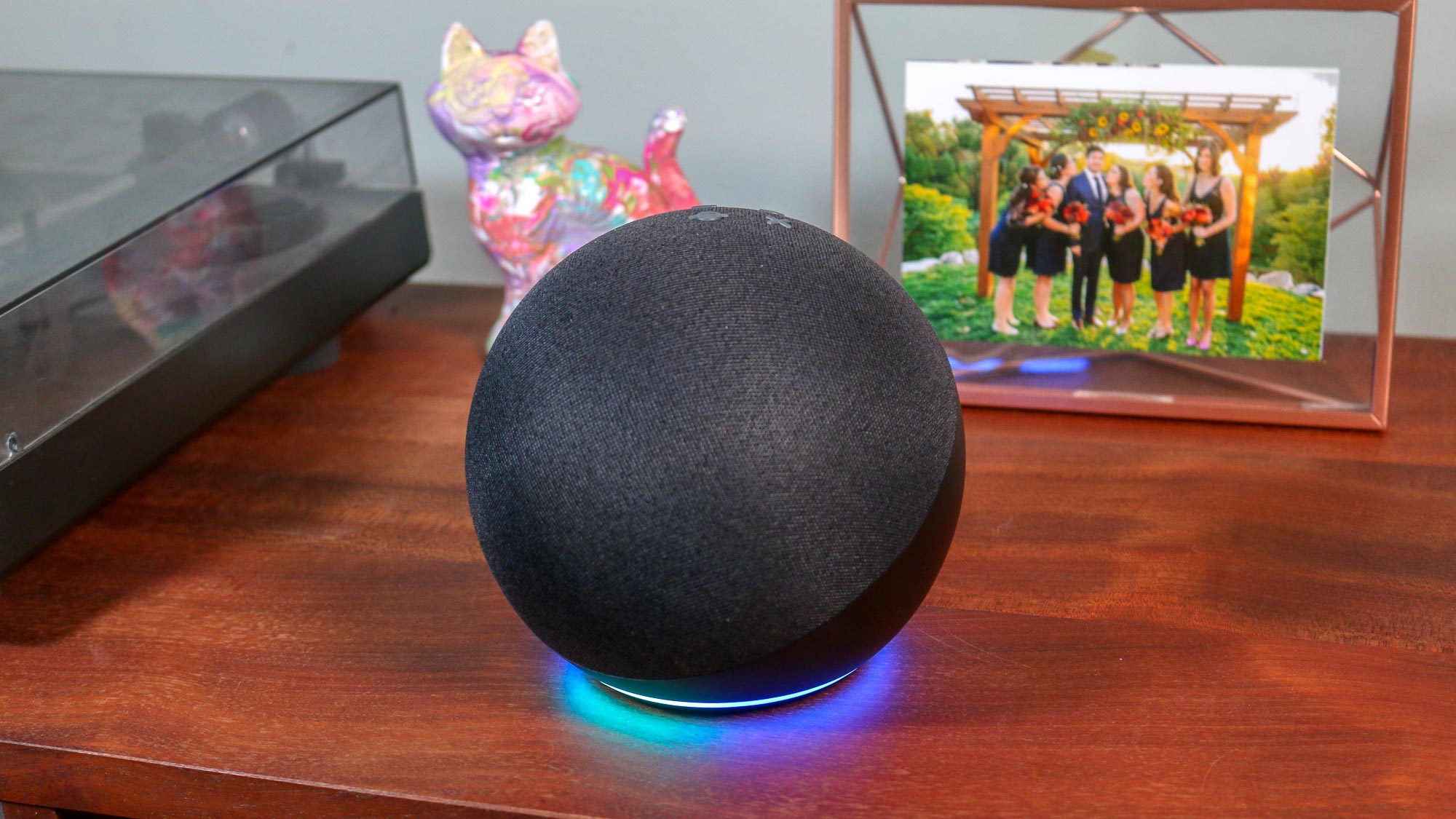
Next, I dotted some of the best smart speakers and displays around the house. These act as the foundation for my parents to conveniently control gadgets with voice commands or view their security camera feeds. I had them opt for an Echo Show 8 in the kitchen as it’s our top pick for the best smart display with the best balance of size and features for the price.
Then we sprinkled a few 5th Gen Echo Dots through the house for intercom and voice command points in each room. These spheres are a central place to ask quick questions, listen to music and use voice commands. My parents find them helpful for relaying announcements like when dinner is ready or quickly checking on my little sisters.
Each of the major smart home platform’s apps (Alexa, HomeKit, and Google Home) have also made it extremely easy for anyone to control their home while away or tell their gadgets what actions to take through automation. With basic “if” and “then” building blocks you don’t need to be a programmer to tell connected devices to do something at specific times or when an event happens. For example, you might use your smart home platform to create a basic routine when you walk into a room. You just set the trigger to be when a motion sensor (one of the Echo Dots in my parent’s case) detects activity, turn on the smart lights in the area, play some music on a smart speaker, and then have everything turn off on its own when you walk out of the room. Voila!
While you can control all of your devices from a smartphone, the major smart home platforms offer a TV streamer, whether its the Apple TV (which doubles as a Matter-compatible smart home hub) or Fire TV Stick. My parents happened to outfit all the biggest screens in their house with Fire TV devices over the years just to stream content. Their minds were boggled when I showed them how they could use them to monitor and control their home devices. Now, if someone rings my parents’ video doorbell, a picture-in-picture view automatically pops up on Fire TV, so they can ignore it or answer while binge-watching a series.
AI-powered cleaning
Thankfully my parents didn’t have any complaints when I suggested adding one of the best robot vacuums I’ve tested to their one-story ranch. I chose the Roomba J9+ Combo for my parent’s home since it both vacuums and mops exceptionally well in homes with a mix of hard floors and carpets. This bot removes dirt and debris from the hardwood section while dragging a mop along the back. Once it sees carpet the mop retracts atop the J9+ like the roof of a convertible car to prevent any spills.
The J9+’s self-emptying base stores up to two months of debris and has a sleek design that looks like a piece of furniture with a premium wood display shelf at the top. iRobot’s app recommends a daily cleaning schedule and is easy to customize so they don’t have to fumble around with burdensome apps or build a complex routine. Plus, this robot vacuum is smart enough to recognize and prioritize dirtier, high-traffic rooms and adjust its suction power on its own. In my J9+ Combo review, I found it set and forget, save for mop days since you have to clean this by hand after every job.
Keeping Cool (and hot)
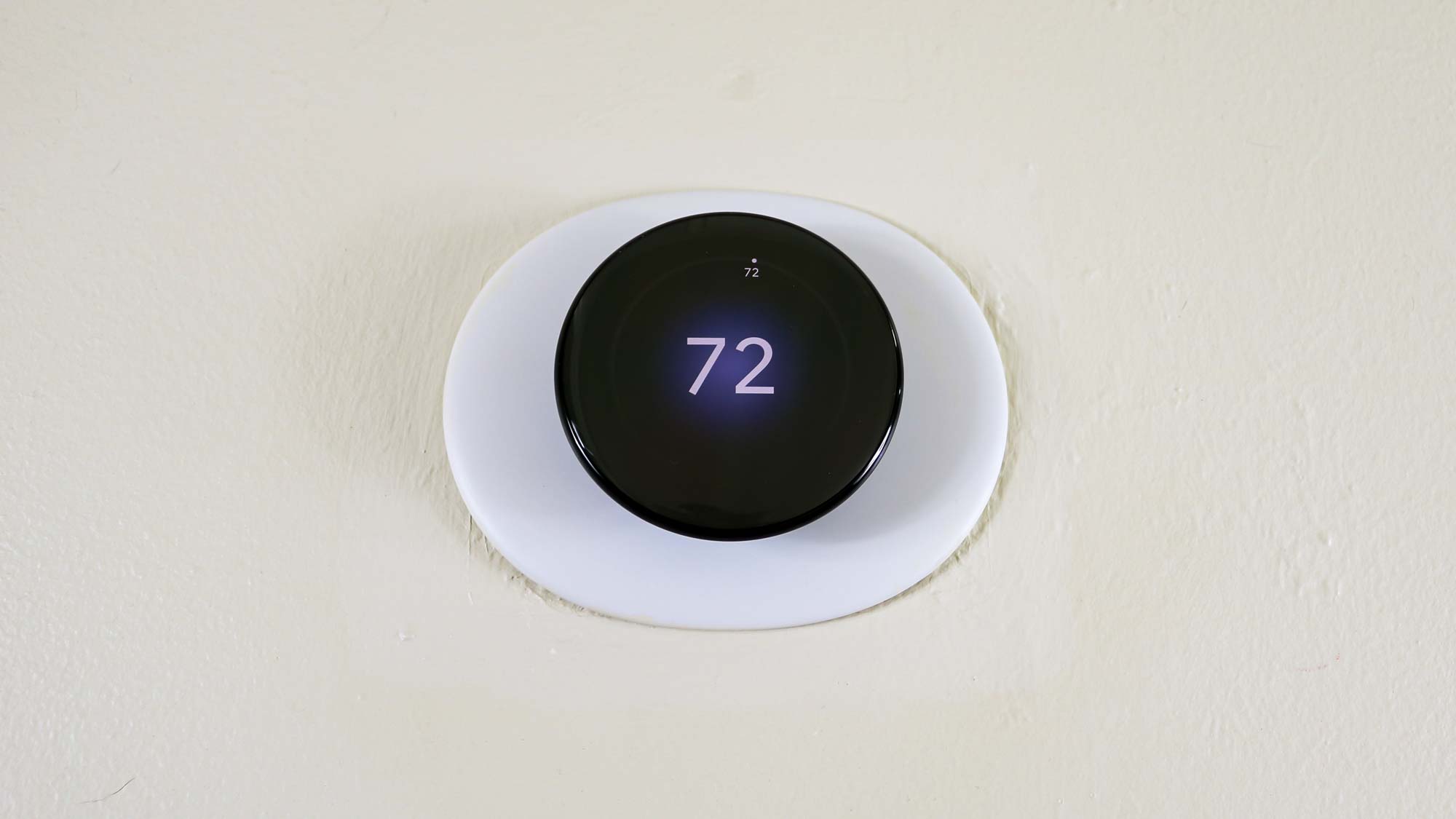
Speaking of advanced AI, I haven’t had the chance to install a smart thermostat in their home, but we have our eyes on the new Nest Learning Thermostat (4th Gen). This is not only one of the best smart thermostats, but one of the smartest devices we’ve seen since it understands your preferences and detects your presence to ensure you’re comfortable while home and turn down the system while you’re away. It can even understand how outdoor conditions like sunlight will affect your interior to keep you comfy without expending heat if it’s not needed.
Let there be (smart) lights
While I still have to help my dad manually swap out the holiday inflatables in his yard, I’ve installed permanent outdoor smart lights that allow me to change colors and animations from my phone. Now, I don’t have to hop up on a ladder with my dad to place, swap out, and remove decorative lights each year.
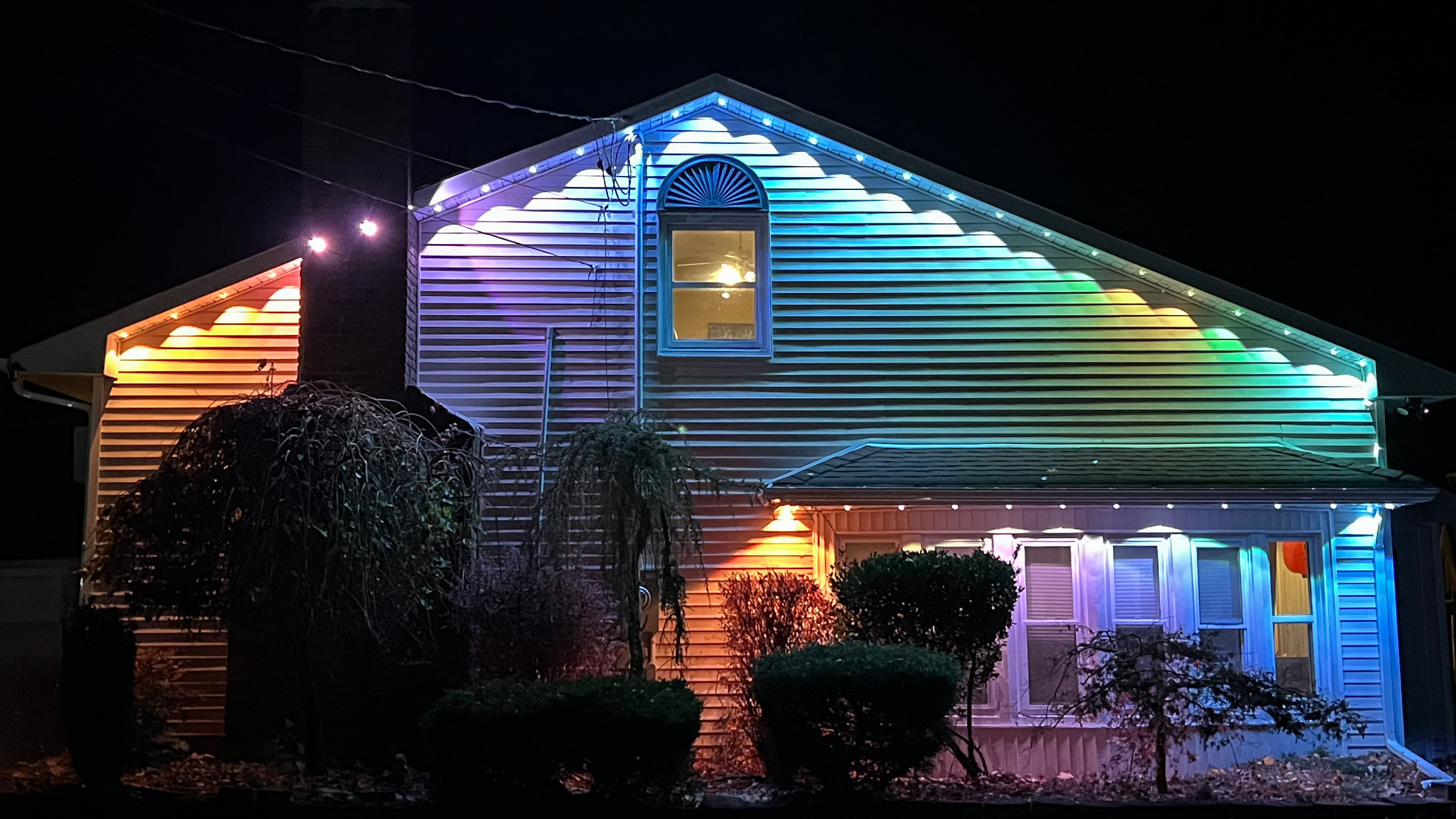
For Halloween, the front of their house will flash orange and purple. The day after, my dad will simply open the Govee app and swap over to a static Thanksgiving palette of red and amber. And while the rest of the world goes crazy shopping for Black Friday morning deals, my parents can switch the lights to green and gold in time for Christmas. Throughout the rest of the year, they primarily use them as basic white light security to light up the property at night.
This level of versatility is weaved throughout their home with some of the best smart lights from string lights on the deck to individual bulbs inside the home. I use multicolor smart bulbs in my own apartment while playing Silent Hill 2 to turn my living room’s natural white light to a rusty orange to immerse myself further in the game’s spooky hellscape. Even if you rarely use mood lighting, the ability to adjust dimness levels opens all kinds of options like waking you up naturally to a sunrise effect in your bedroom. If you’re really creative you can flash certain colors or patterns when a sensor detects mail has been delivered or your laundry is done.
Powering up (or down) with smart plugs
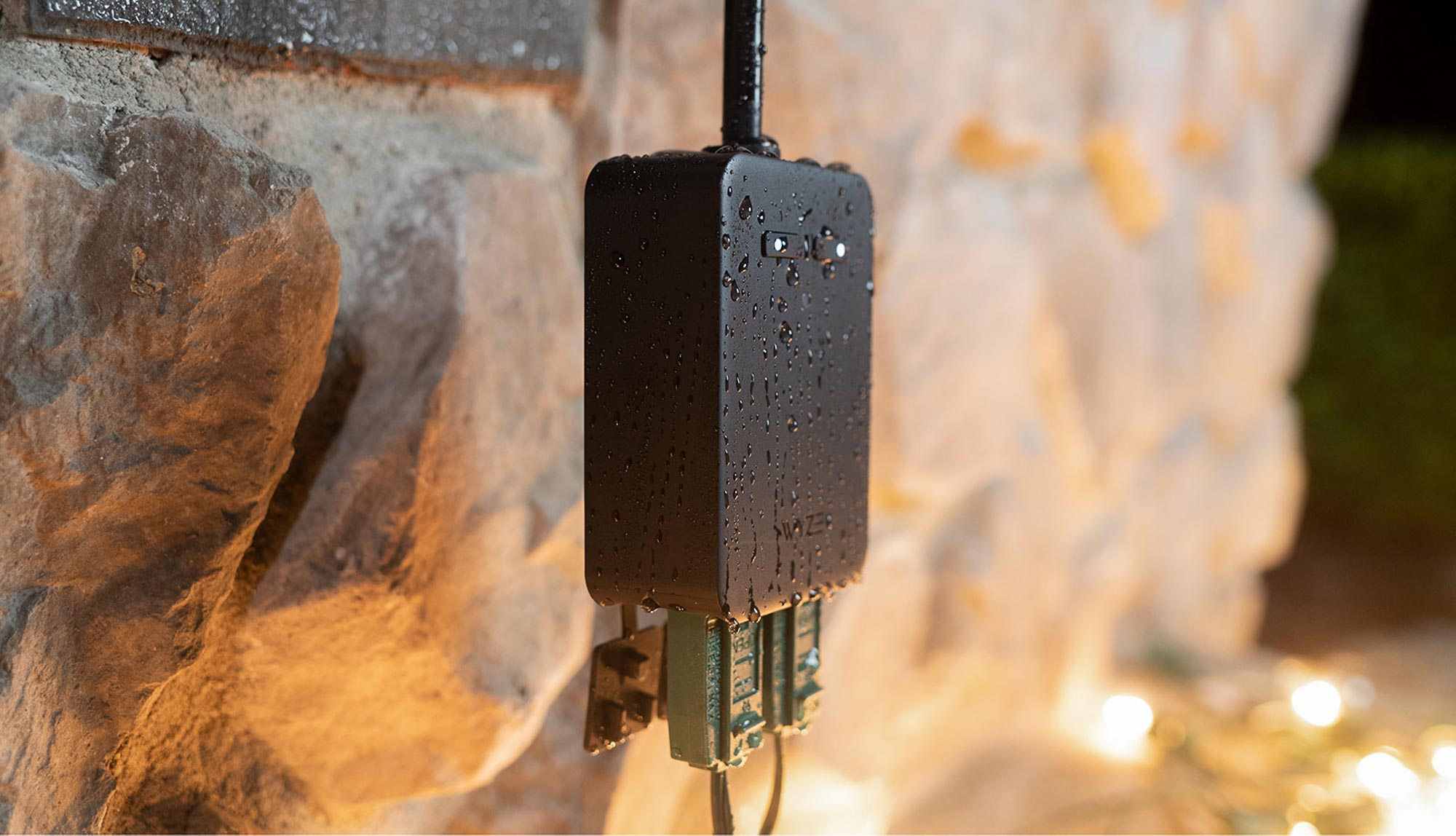
I convinced my parents to upgrade their outlets with smart plugs and power strips as a way to save money on their electric bill. I’ve already tapped on how you can have lights turn off automatically leave a room. Meanwhile, the occupancy sensors in smart thermostats can ensure an empty house isn’t heated or cooled to avoid wasting money. There are both indoor and outdoor that monitor energy usage to help you spot and turn off hidden power vampires like a printer in sleep mode
The best smart plugs are an affordable way to integrate your existing appliances, lamps, and decorations into your smart home for automation and scheduling. In addition to some affordable Kasa smart plugs, I hooked my dad up with a Tapo Outdoor smart plug with two individually controlled outlets. That way, he can schedule hours for the inflatables in the yard to operate and turn them on and off remotely.
You can also use smart plugs to take your home security a step further by setting away routines that randomly turn on smart devices to make your house appear occupied. Even if you don’t have a smart TV or speaker, you can connect your basic outlet-powered gadgets to a smart plug to turn them on an off at random intervals.
Locking things down
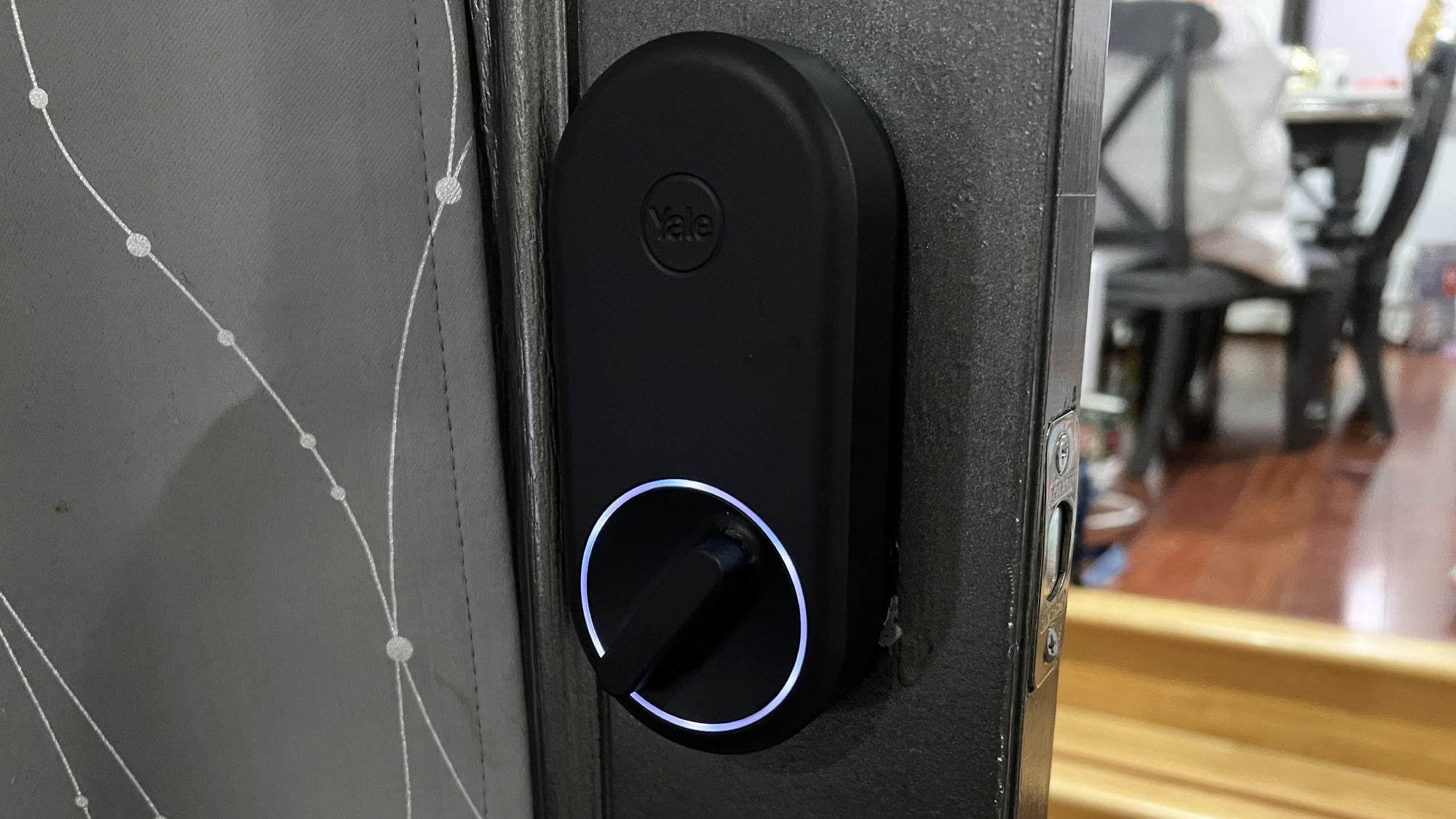
One of the biggest points of friction was when I changed my parent’s original lock for a smart lock Since the biggest turnoff for them was the installation process — and the fact that they couldn’t use their existing keys — I opted for the Yale Approach conversion smart lock. Renters prefer this type of smart lock since it’s easy to install and only replaces the interior portion of your lock. This keeps the outside looking as it did and allows you to use the same keys—a non-negotiable for my folks.
After I quickly walked him through the app to show him how he can now lock and unlock the front door remotely from anywhere, his tone did a complete 180. Naming his home “The Love Shack” and setting its picture as a meme, he played with the lock like a kid rapidly flipping a light switch on and off and began to see the benefits. This initial resistance to infatuation cycle every time I installed a new piece of smart home technology at his house was actually eye-opening for me.
Home Sweet Smart Home
While not everyone’s running out to replace their analog setup, I think they should if they are interested. As smart home technology has matured, prices have fallen in line with those of their basic counterparts, especially with locks and lights. Thanks to the development of Matter, devices can talk across platforms, so setting up a smart home is as streamlined as scanning a QR code or opening an app from your phone to discover a device over Bluetooth with a tap. The most you’ll have to worry about is screwing in, sticking on, or standing up hardware, usually in under five minutes or less (save for a smart lock or complex lighting installation) to open up a whole new world of control and customization from anywhere even when you’re away from your property.
More from Tom’s Guide
Source link


